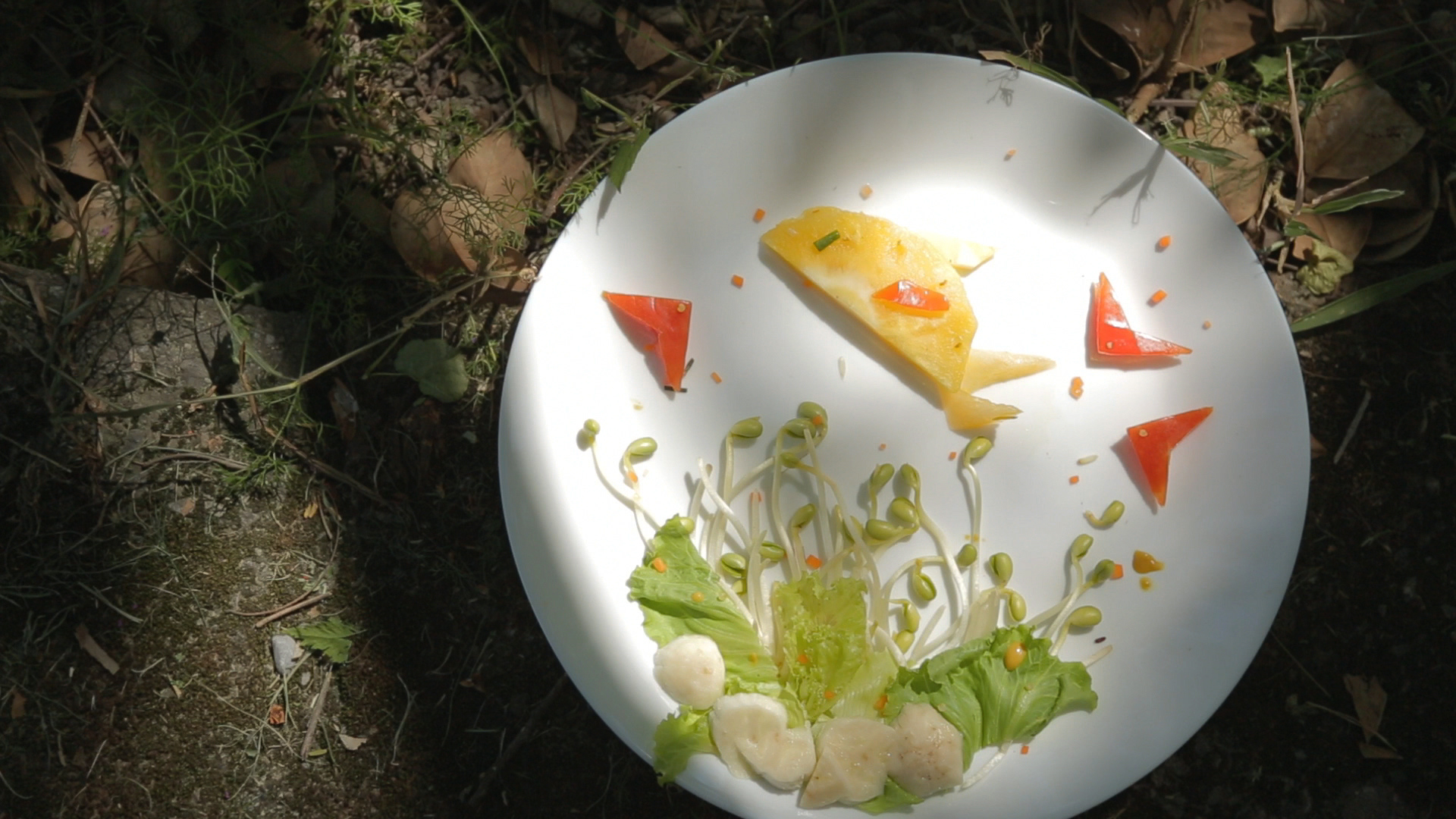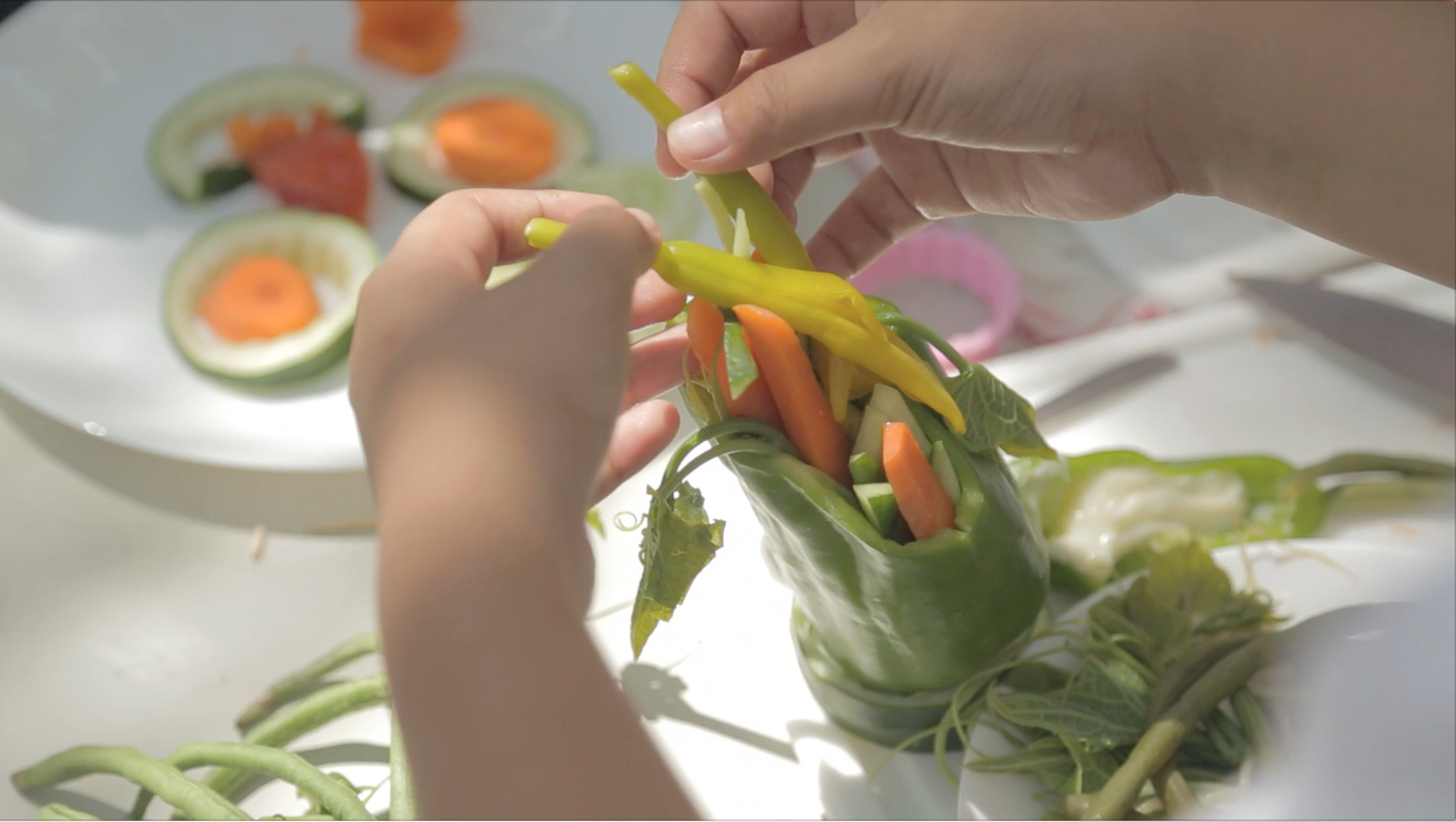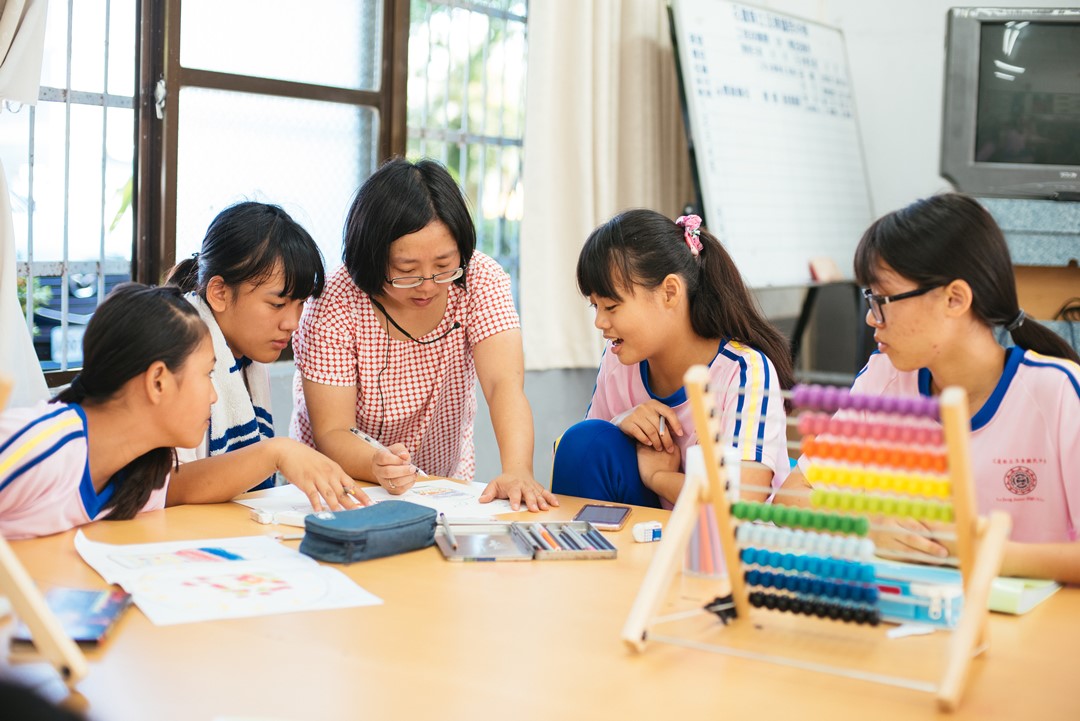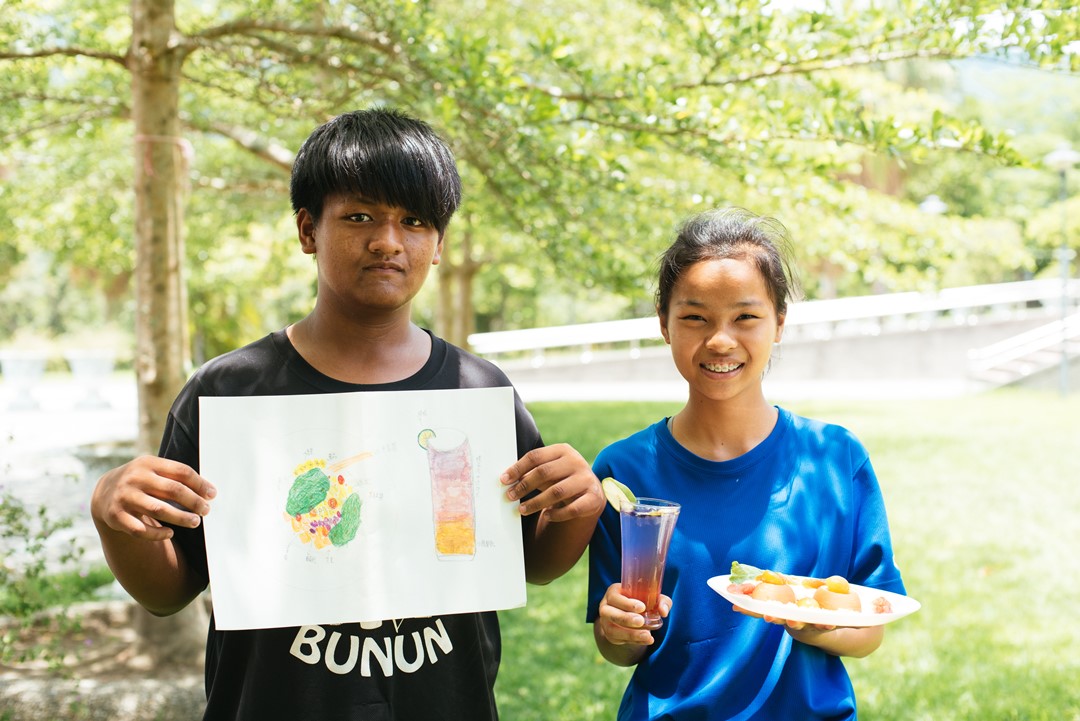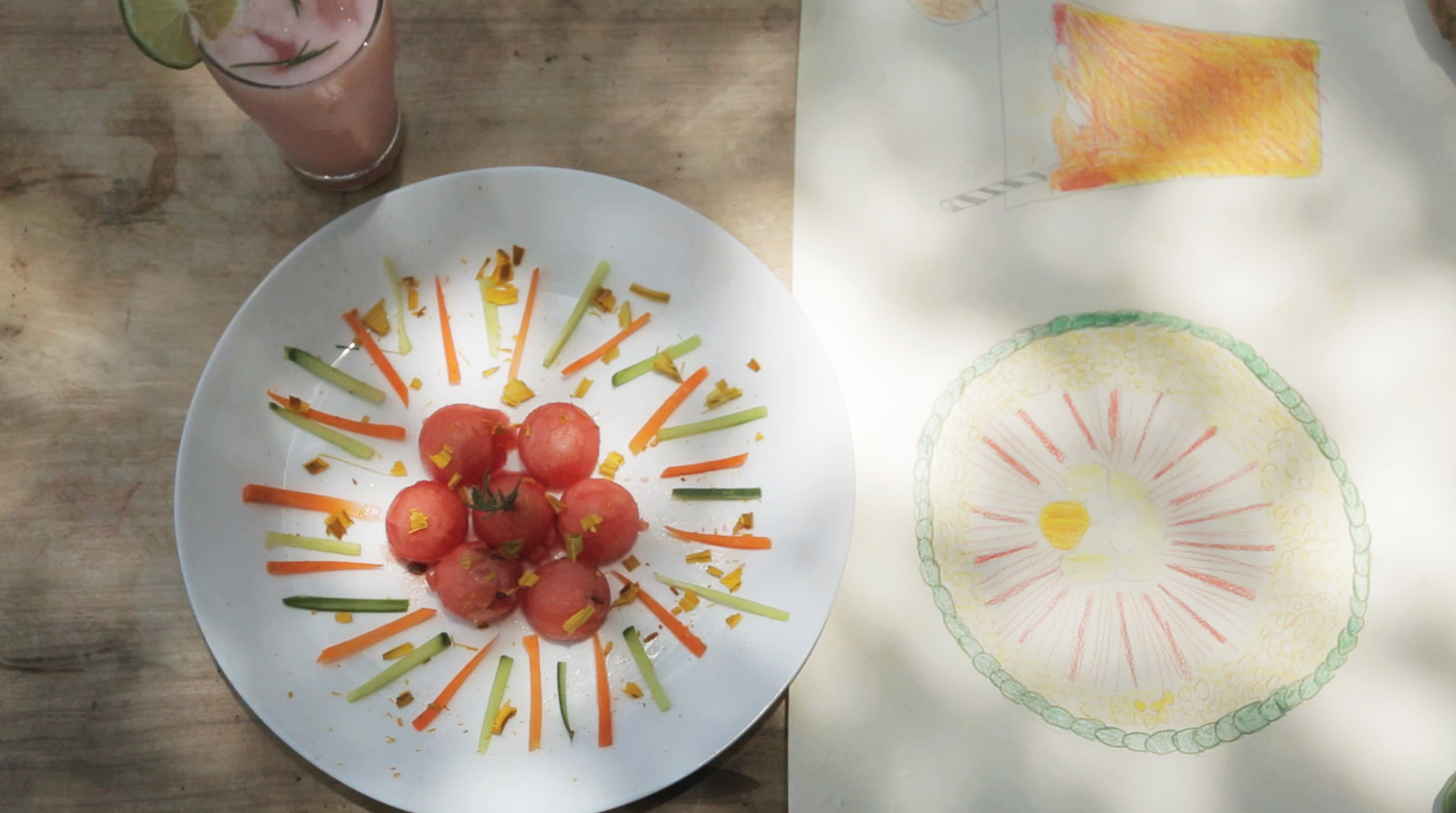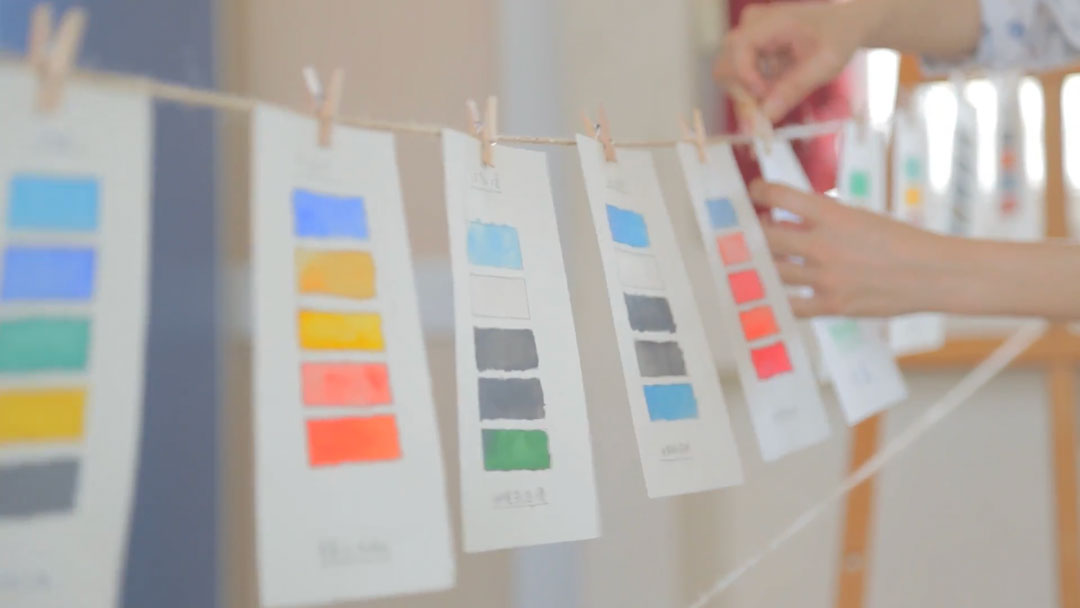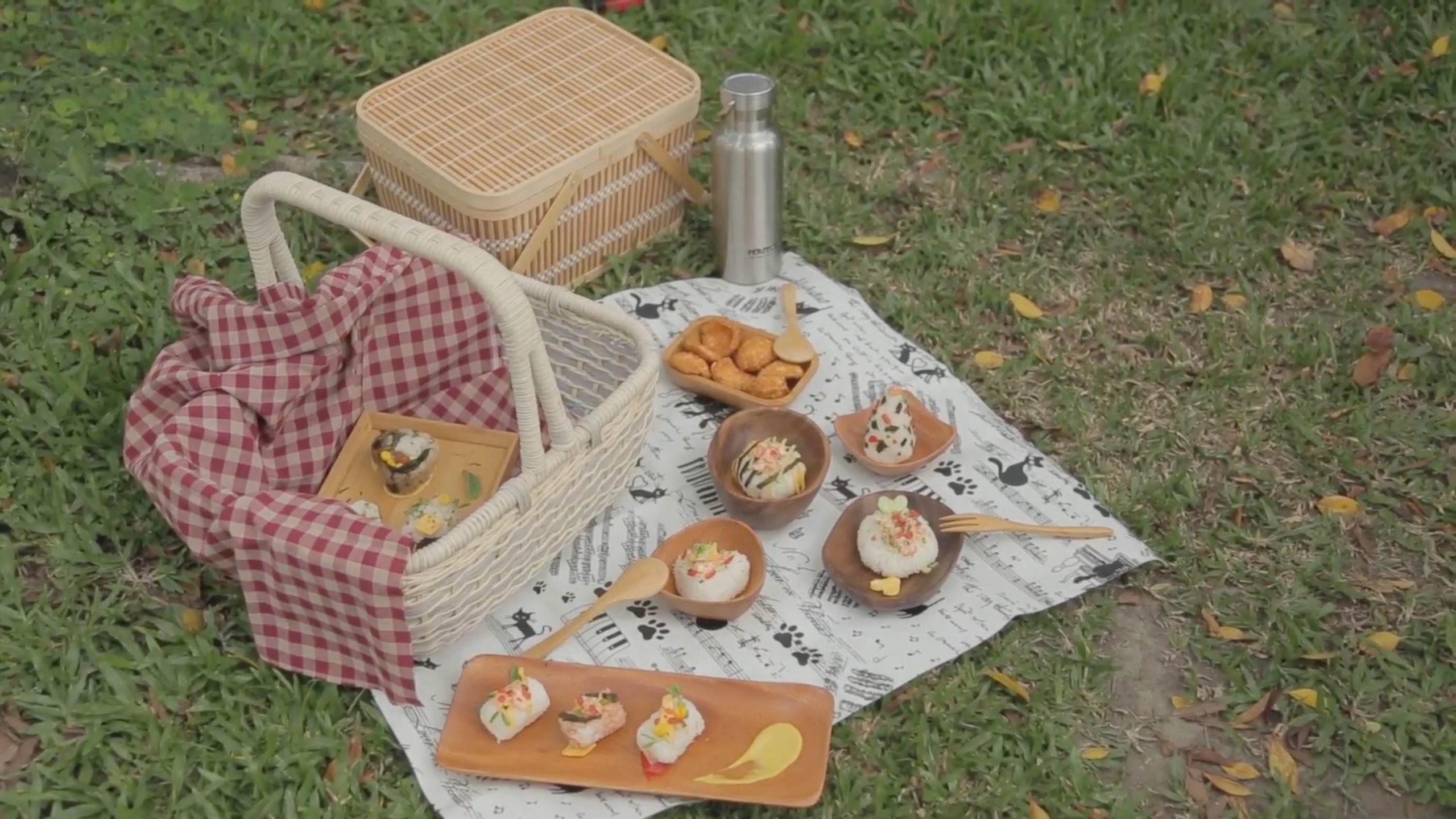The Taste of Colors
Due to the scarcity of educational resources in the remote and rural regions of Taiwan, Mrs. Lu lectures simultaneously in three schools in Yuli, Hualien. She discovered that most of the children are from tribal communities, and their families, who rely on farming, live in harmony with the land. As a result, their lifestyle is deeply connected to the solar terms and seasonal foods.
When teaching colors to her students, Mrs. Lu creatively incorporated food into the lessons to offer a unique perspective on colors. By rearranging the colors on the dining table, she aimed to help the students discover new meanings in their local food. Through exploring seasonal colors, the children gradually realized how food enriched their lives and even revealed their true selves.
